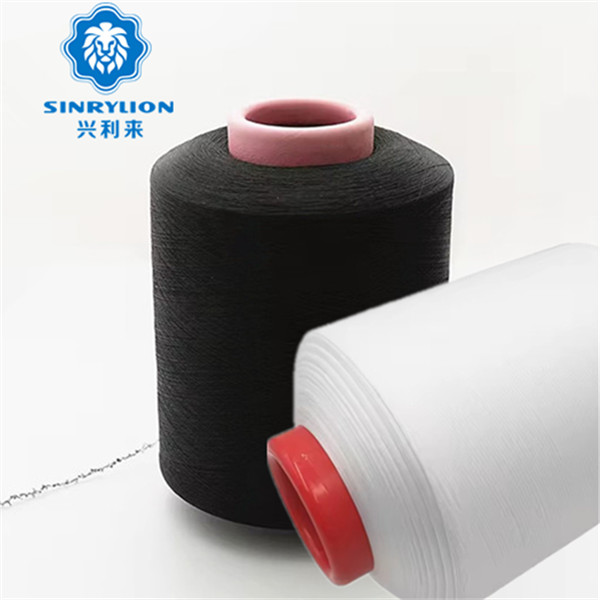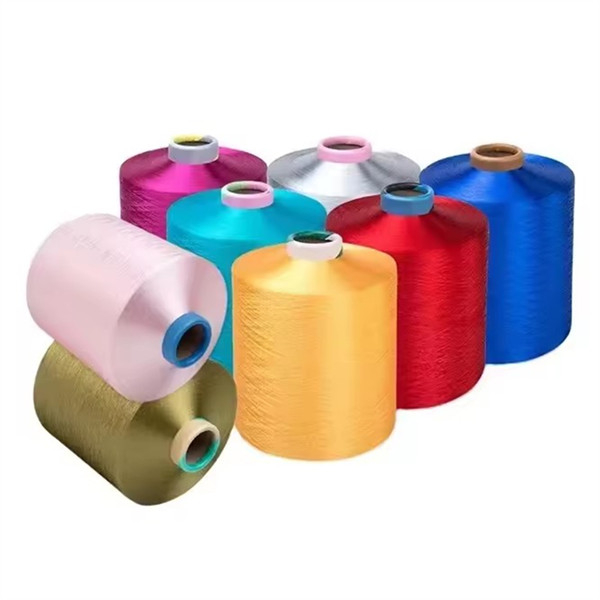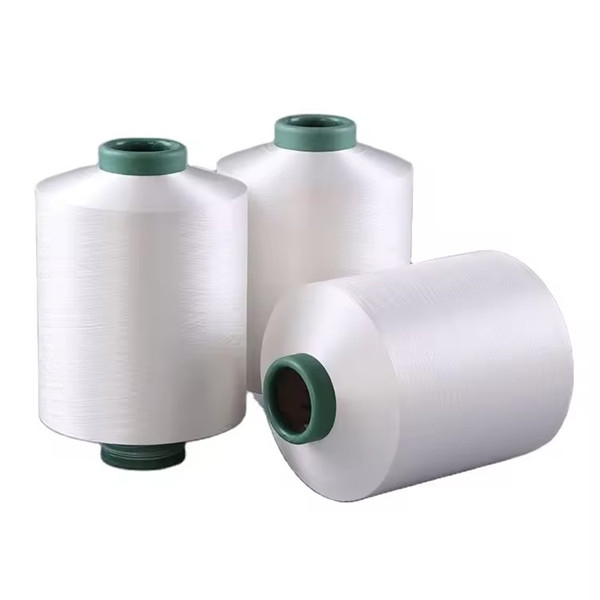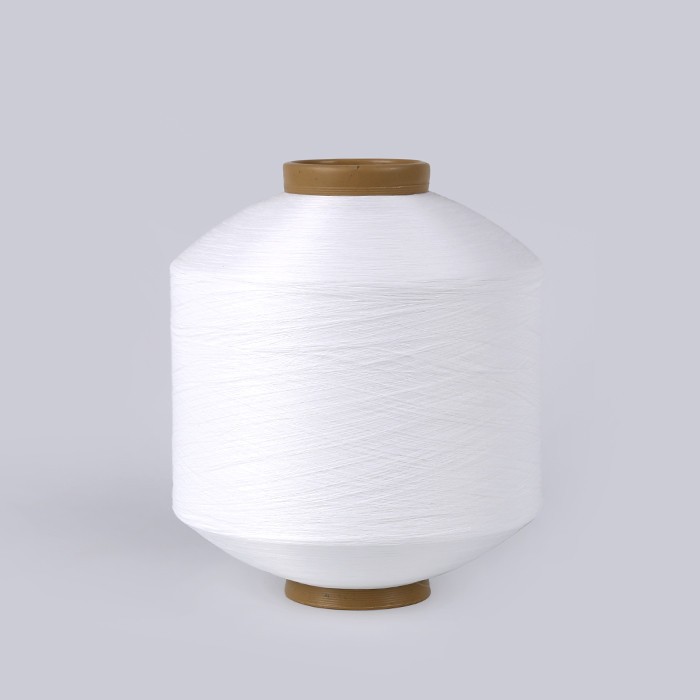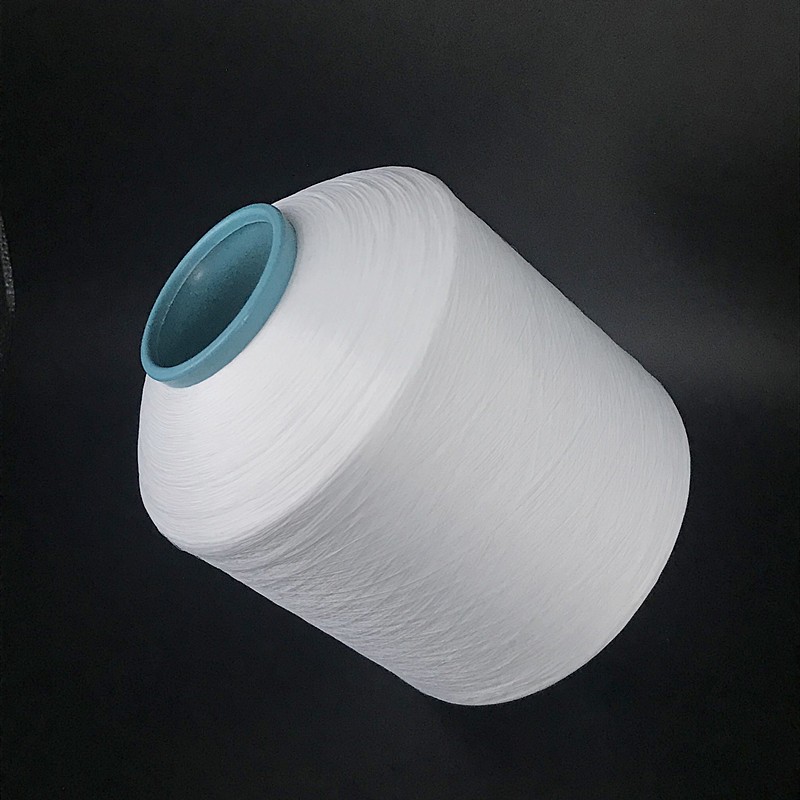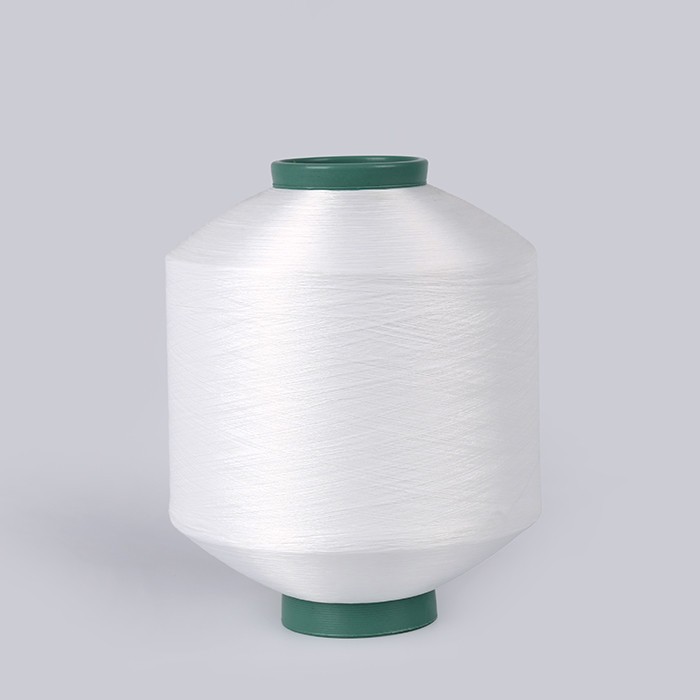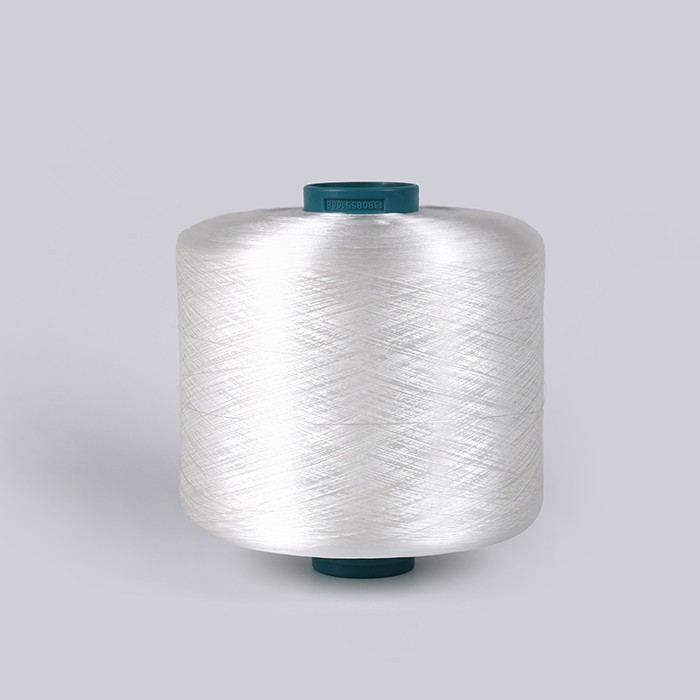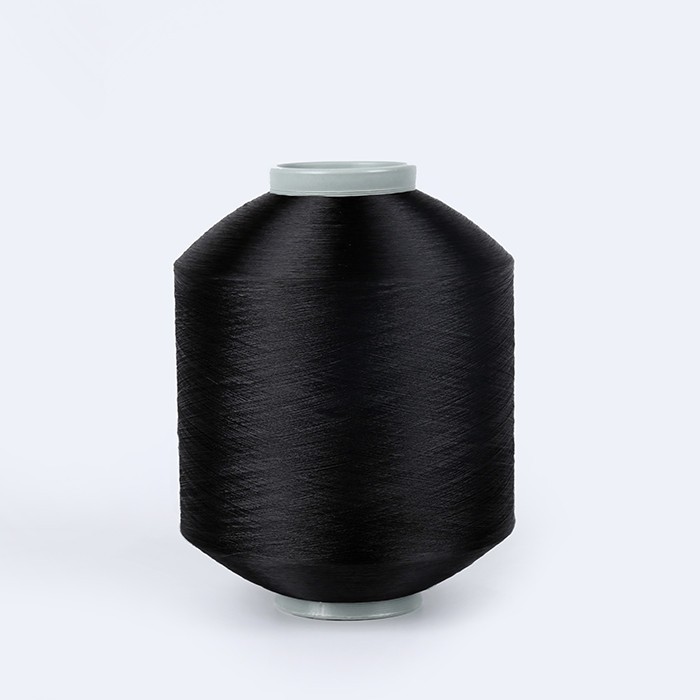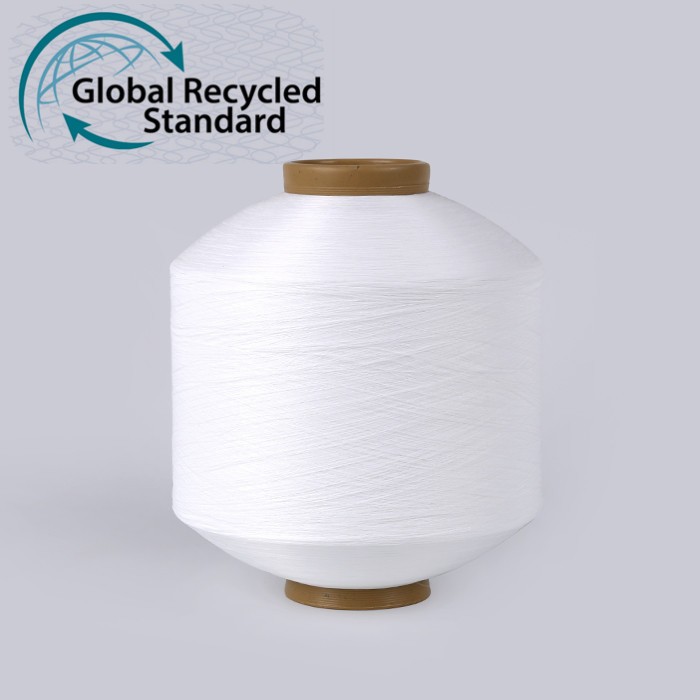 Professional Polyester Textured Yarn and Fancy Fur Yarn Manufacturer
Professional Polyester Textured Yarn and Fancy Fur Yarn Manufacturer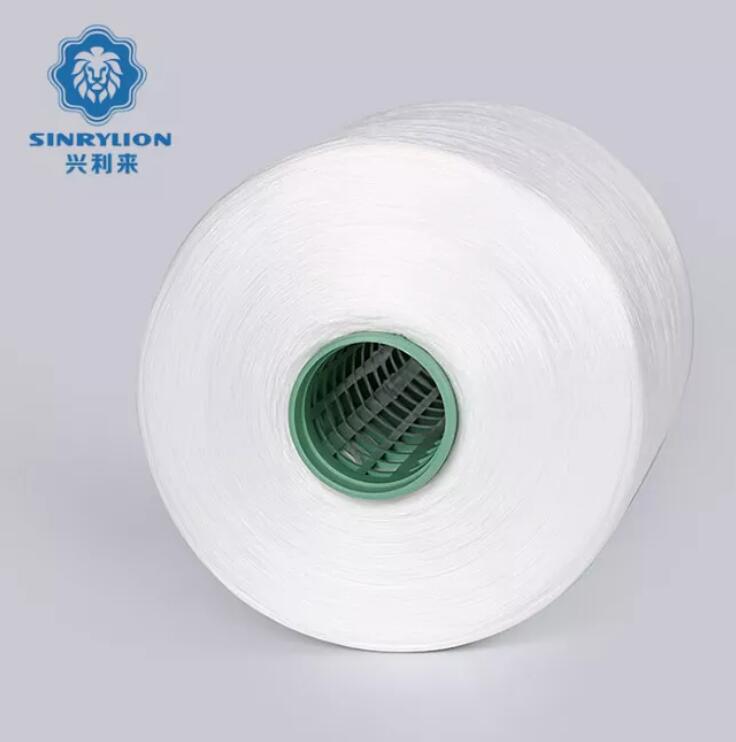 Semi Dull Yarn Manufacturer Polyester Yarn Factory
Semi Dull Yarn Manufacturer Polyester Yarn Factory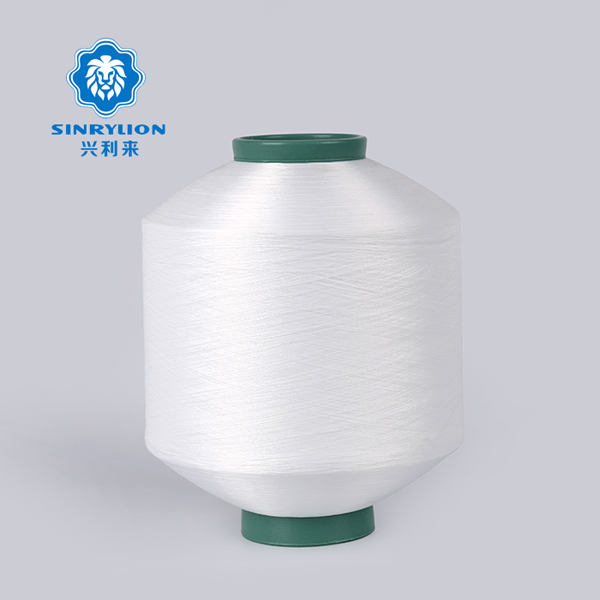 Sinrylion Polyester Twisted Yarn Manufacturer Raw White Supply
Sinrylion Polyester Twisted Yarn Manufacturer Raw White Supply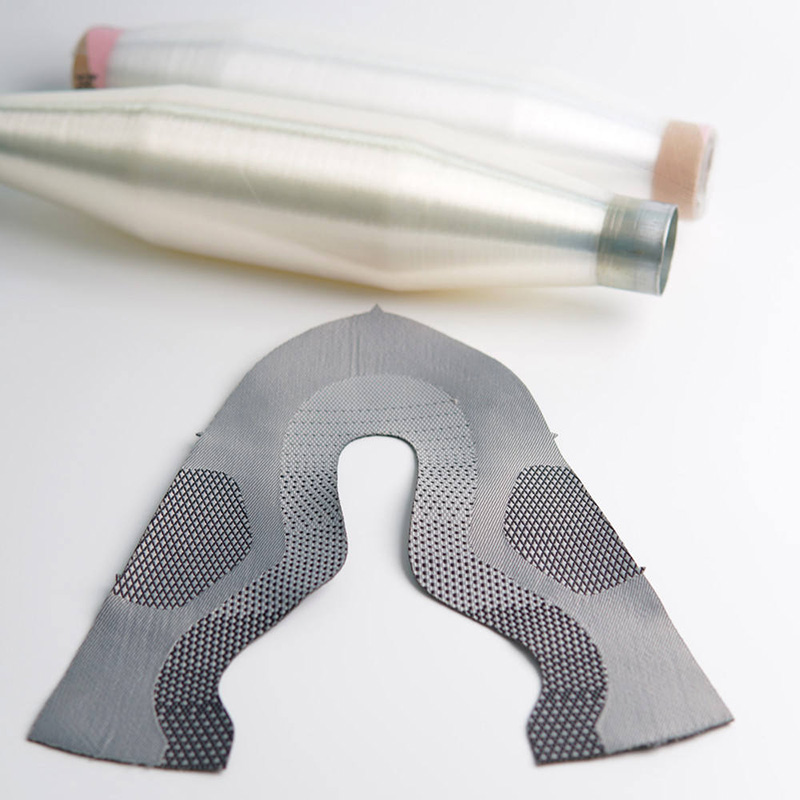 Good Resilience 0.32mm TPU+TPEE Monofilament Yarn
Good Resilience 0.32mm TPU+TPEE Monofilament Yarn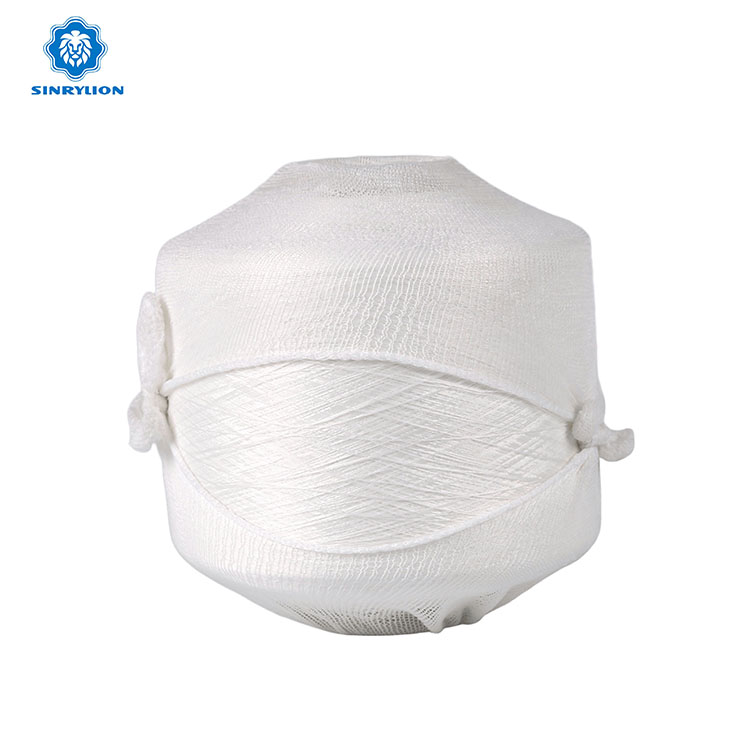 Polyester Raw White DTY Dyeable Tube 150D/120T For Sewing Thread Use
Polyester Raw White DTY Dyeable Tube 150D/120T For Sewing Thread Use- All new products
Manufacturer 50D 150T DTY Textured Polyester Twisted Yarn Price
Send Inquiry
Manufacturer 50D 150T DTY Textured Polyester Twisted Yarn Price
The twist direction of the Polyester Twisted Yarn has a great influence on the appearance
and feel of the fabric. By combining the twist direction of the warp and weft yarns with the
fabric structure, fabrics with different styles such as appearance and feel can be woven.
We are a polyester yarn Manufacturer, please contact us to obtain polyester textured yarn price.
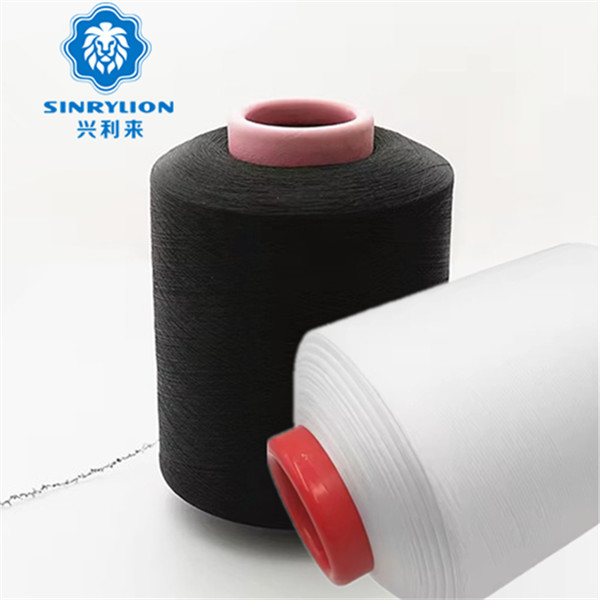
polyester twisted yarn
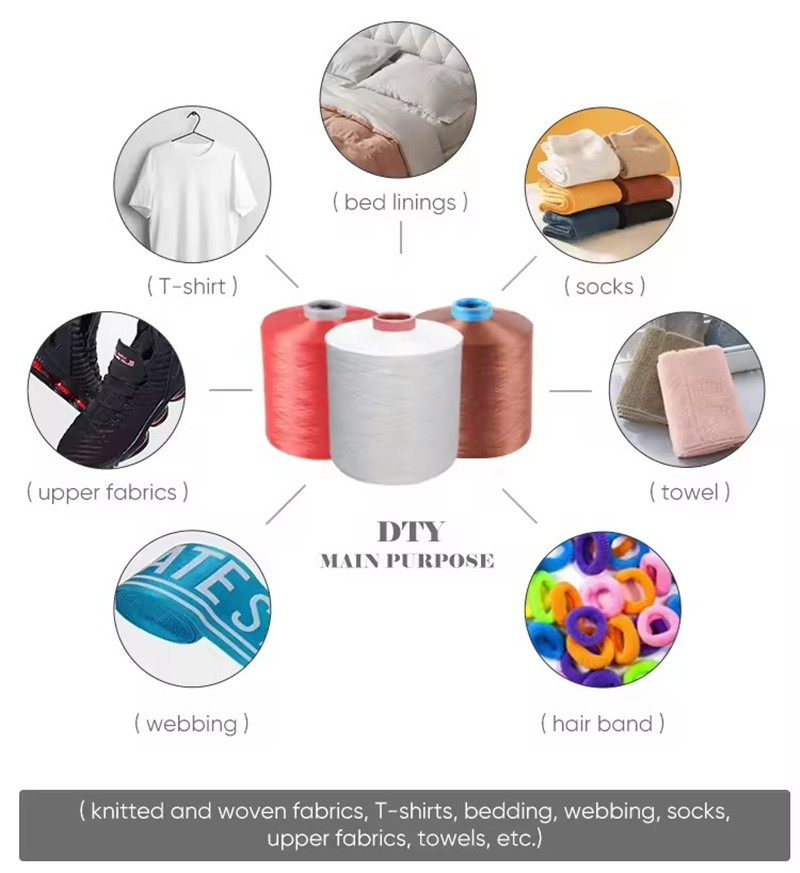
Twisting is to make the two cross-sections of the yarn rotate relative to each other. At this time, the fibers
in the yarn that were originally parallel to the yarn axis are tilted into a spiral line. For short fibers, twisting
is mainly to improve the strength of the yarn. The twisting of filaments can not only improve the strength
of the yarn, but also produce certain effects. The amount of yarn twisting and the coordination of the twist
direction and twist of the yarn in the fabric have a great impact on the appearance and performance of the
product. The indicators of twisting properties are: twist indicating the degree of twisting, twist coefficient
and twist indicating the twisting direction.
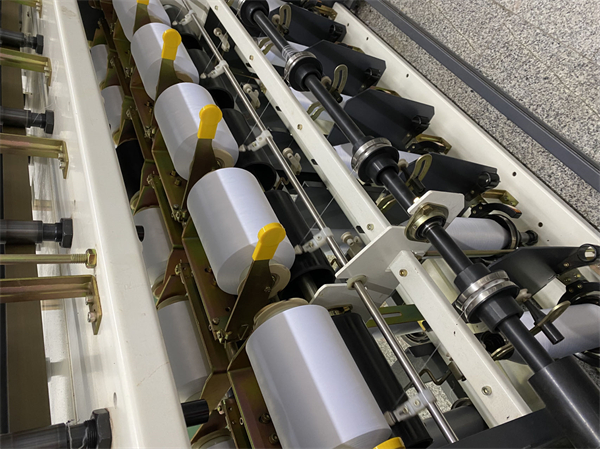



Twist:
The twist angle of the yarn is twisted one circle as one turn. The number of twists per unit length of the yarn
is called twist. my country's cotton yarn uses special number system twist, that is, the number of twists within
10 cm yarn length; combed wool yarn and chemical fiber filament use metric count system twist, that is, the
number of twists per meter; in addition, there is also British count system twist expressed in the number of
twists per inch.
Twist number: Twist number cannot be used to compare the degree of twist of yarns of different thicknesses,
because with the same twist, the fiber inclination of thick yarns is greater than that of thin yarns. In actual
production, the twist coefficient is often used to indicate the degree of twist of yarns. The twist coefficient is
a relative value of the degree of twist of yarns combined with the linear density, which can be used to compare
the degree of twist of yarns of different thicknesses. The twist coefficient can be calculated based on the twist
of the yarn and the linear density of the yarn.
Twist direction:
Twist direction refers to the tilt direction of the fiber in a single yarn or a single yarn in a ply yarn after the yarn
is twisted. It is divided into two types: Z twist and S twist. After twisting, the twist direction of the yarn tends
from the lower right corner to the upper left corner, and the tilt direction is consistent with the middle of the
"S" is called S twist or forward twist; the twist direction of the yarn tends from the lower left corner to the upper
right corner, and the tilt direction is consistent with the middle of the "Z" is called Z twist or reverse twist.
Generally, single yarns are often twisted in Z twist, and ply yarns are twisted in S twist.
The twist direction of the ply yarn is expressed according to the twist direction of the twisting. For example,
the twist direction of the single yarn is Z twist, the primary twist is S twist, and the secondary twist is Z twist.
The twist direction of the ply yarn is expressed as ZSZ.
The twist direction of the yarn has a great influence on the appearance and feel of the fabric. By combining
the twist direction of the warp and weft yarns with the fabric structure, fabrics with different styles such as
appearance and feel can be woven.
 English
English 한국어
한국어 বাংলা ভাষার
বাংলা ভাষার हिन्दी
हिन्दी Türkçe
Türkçe русский
русский

